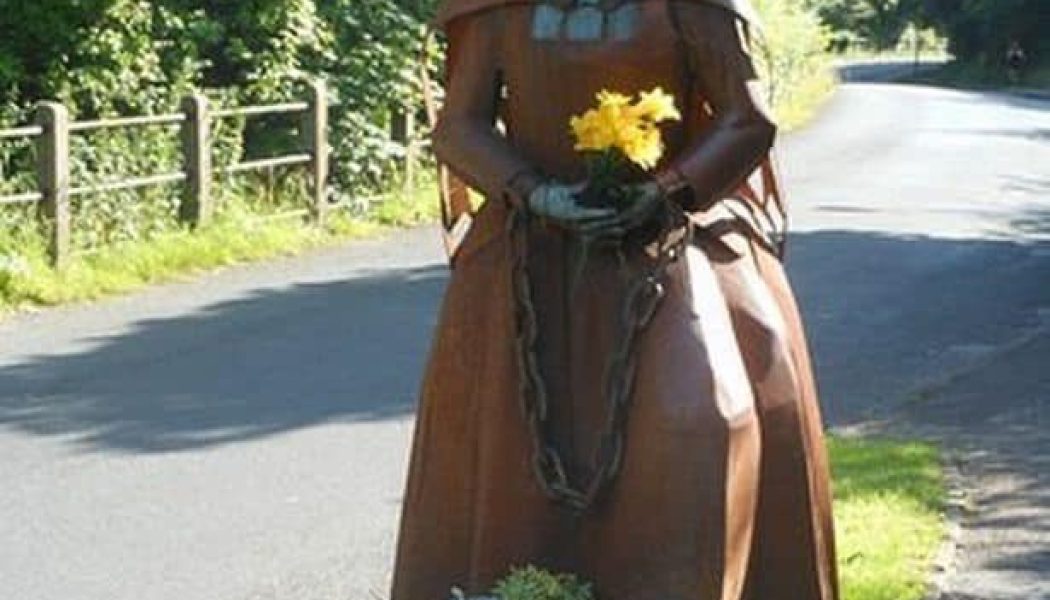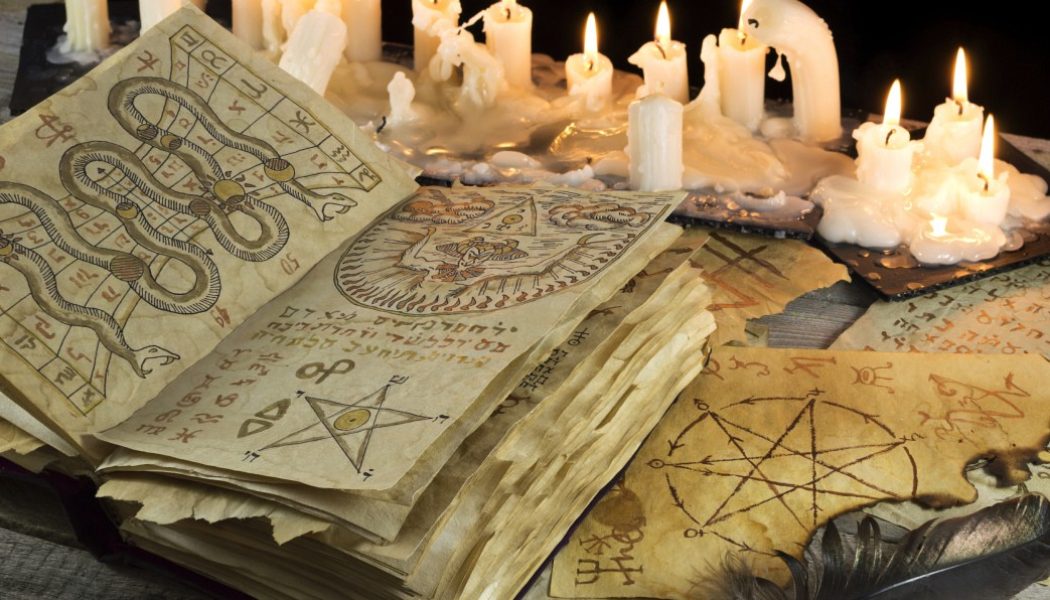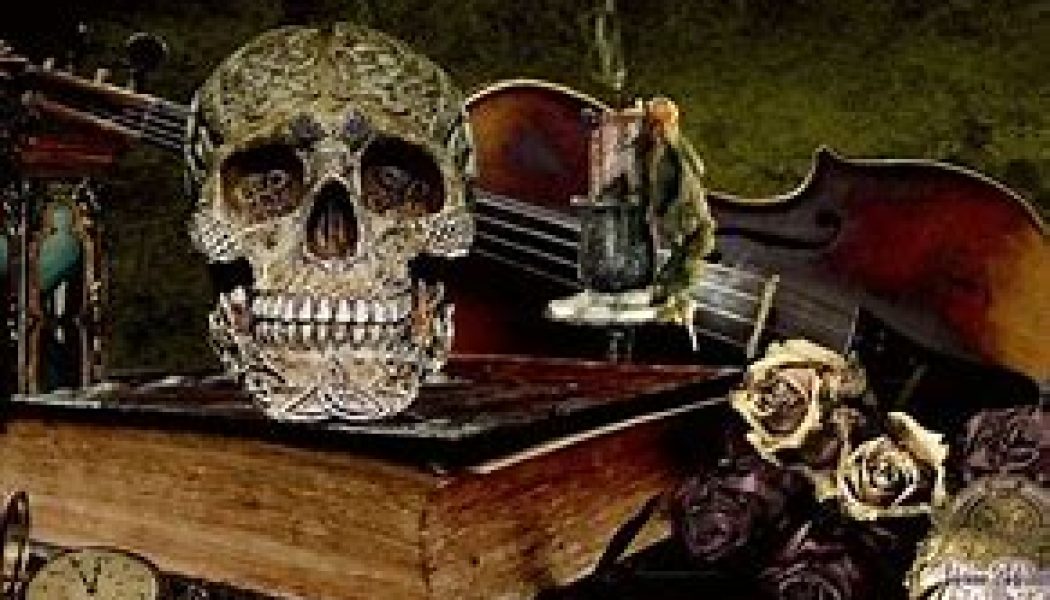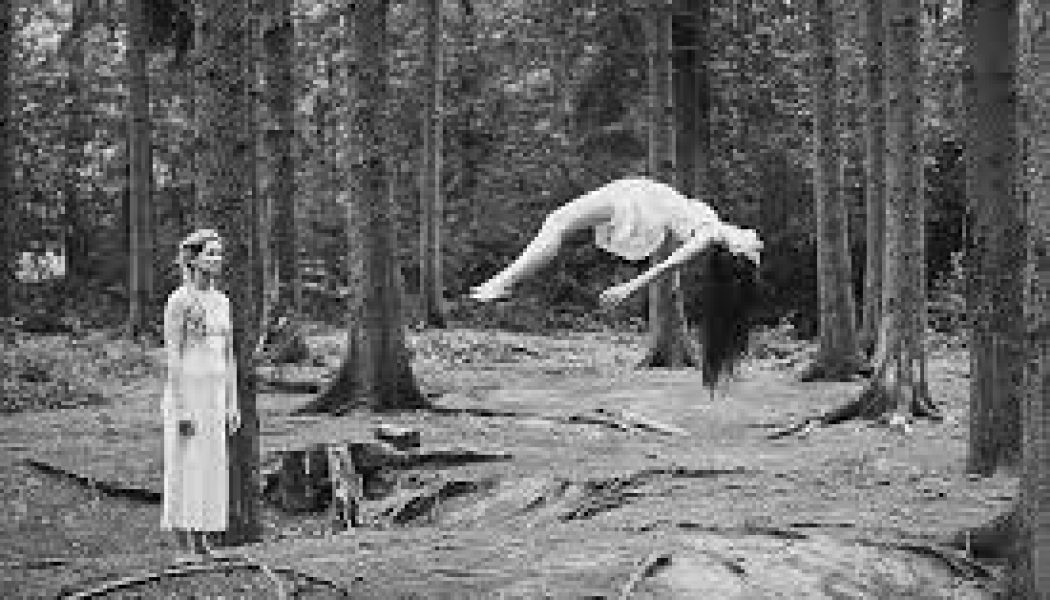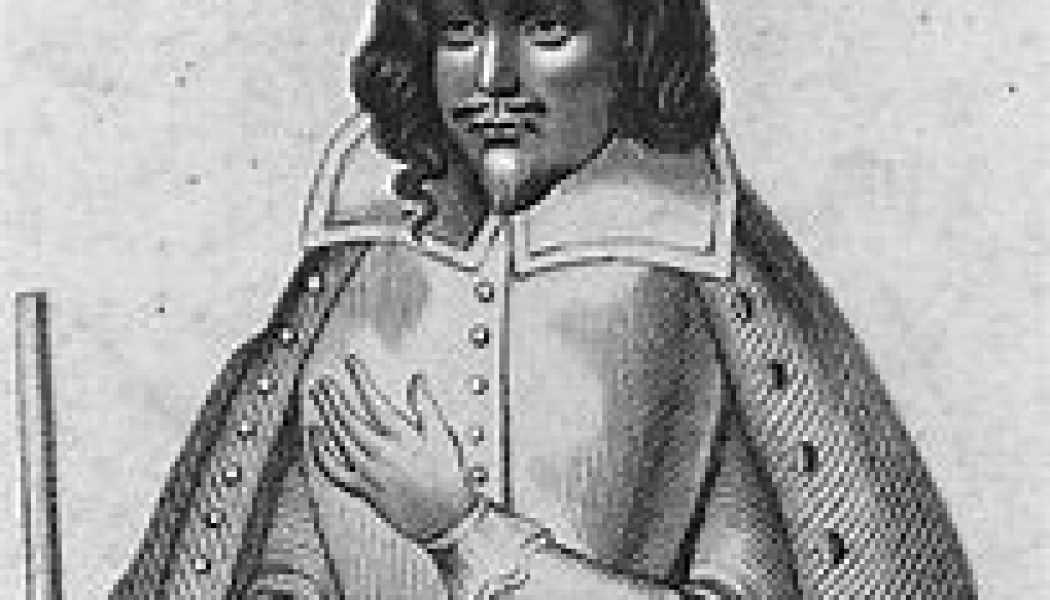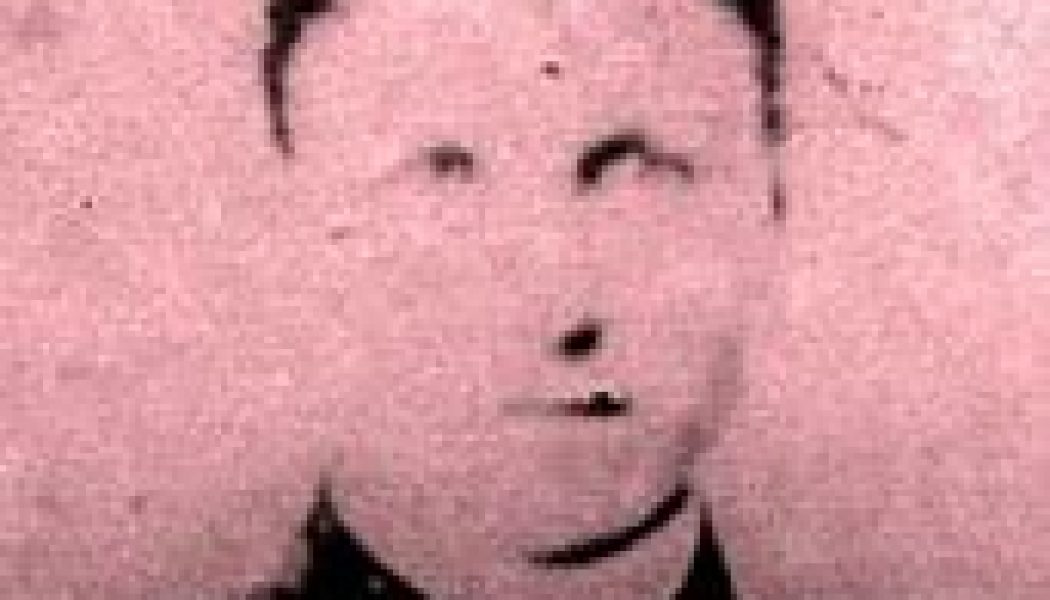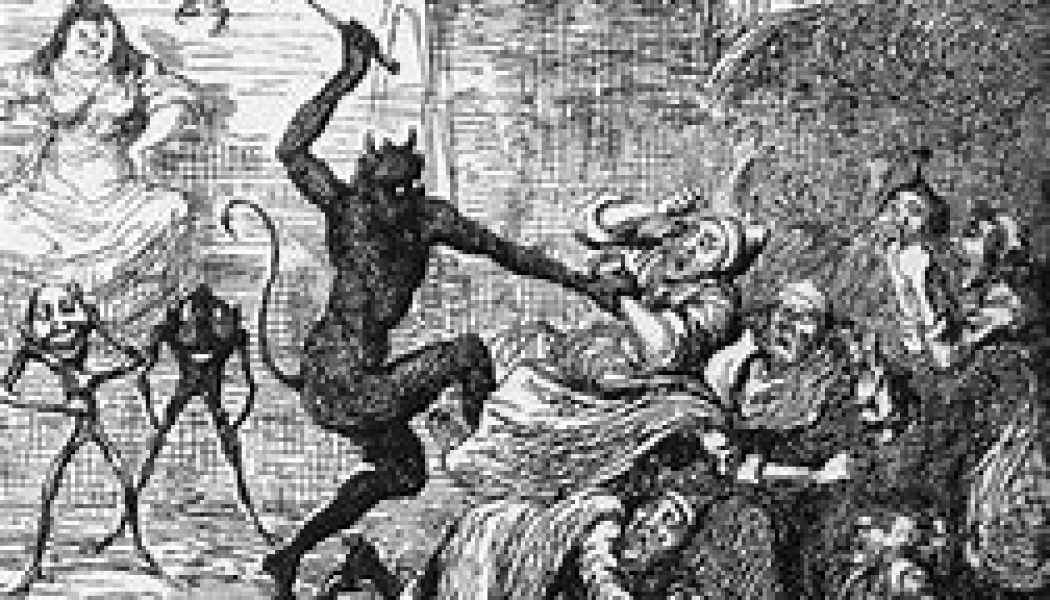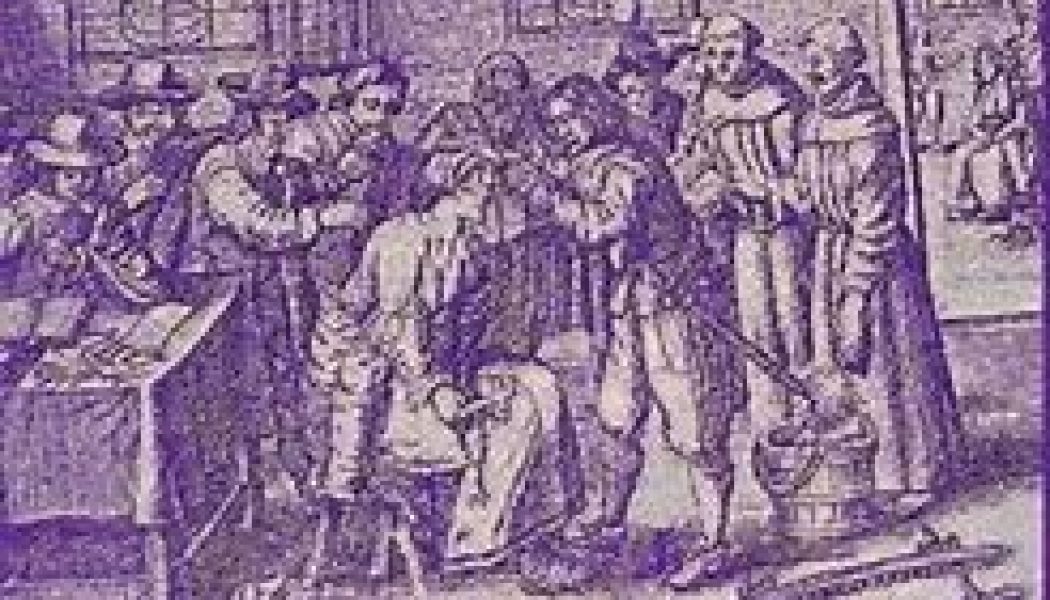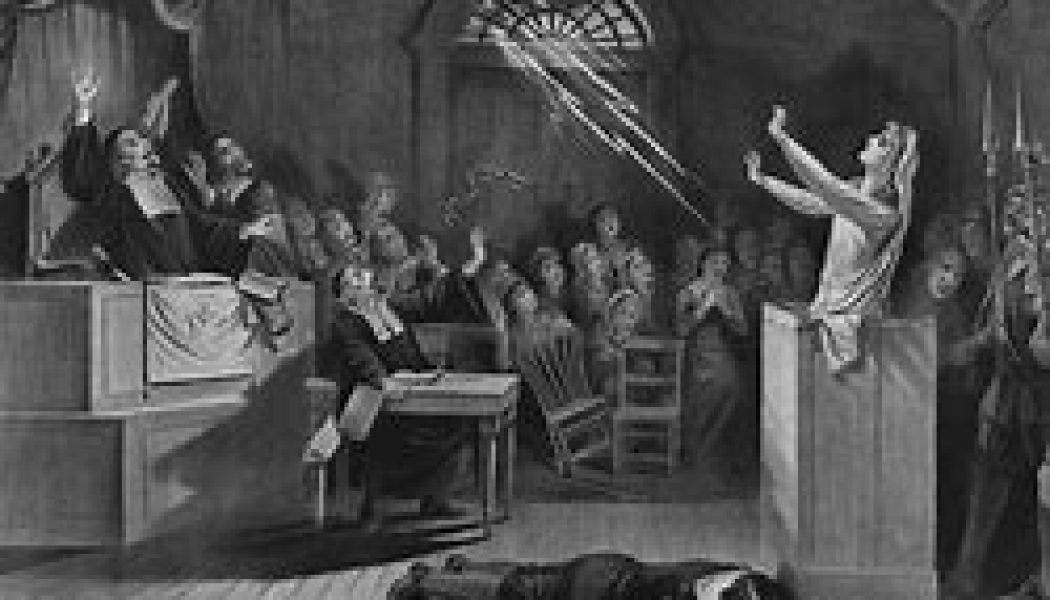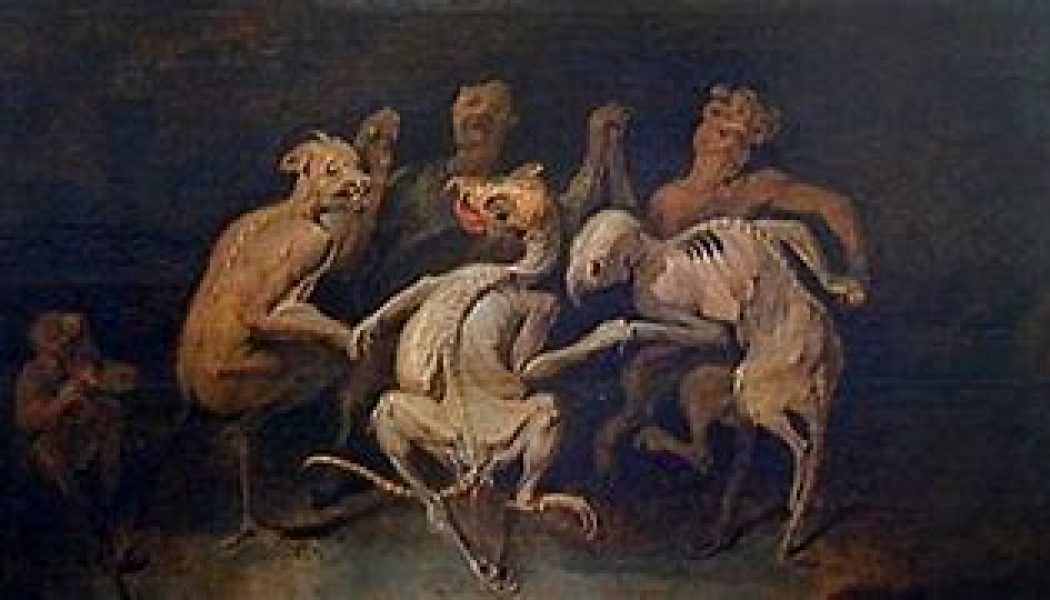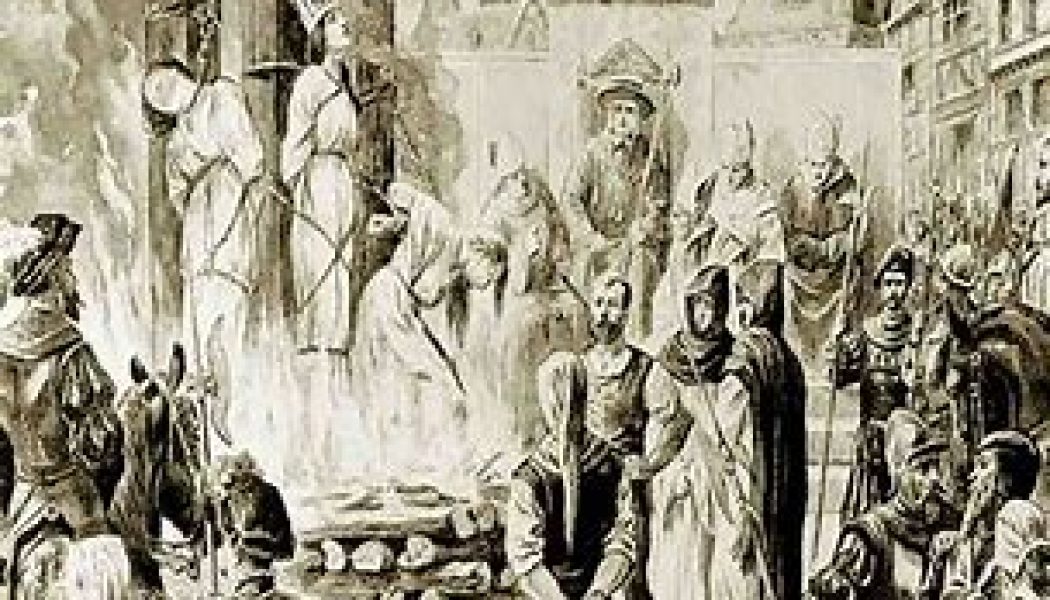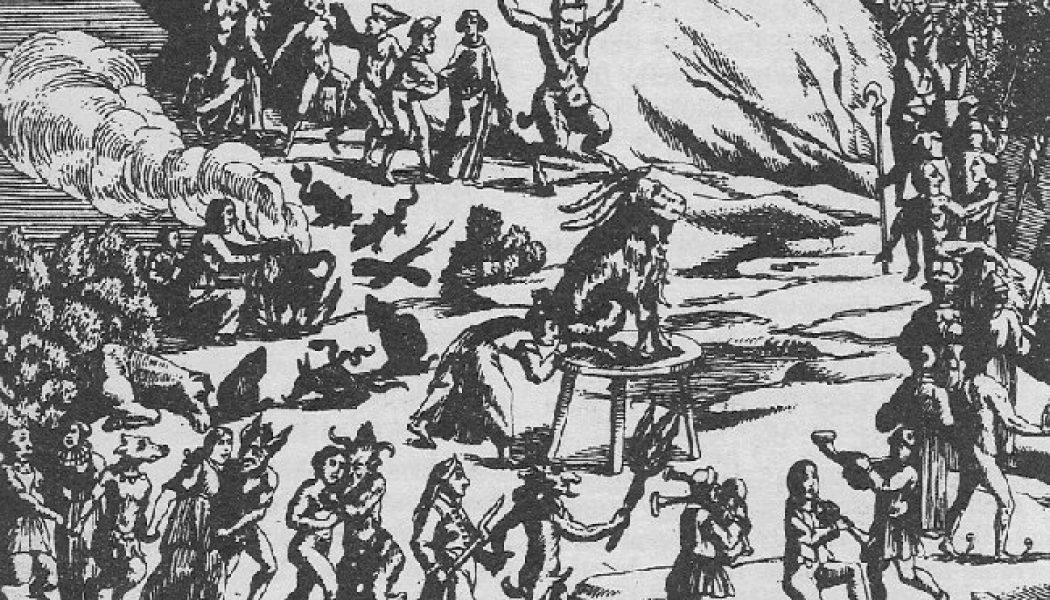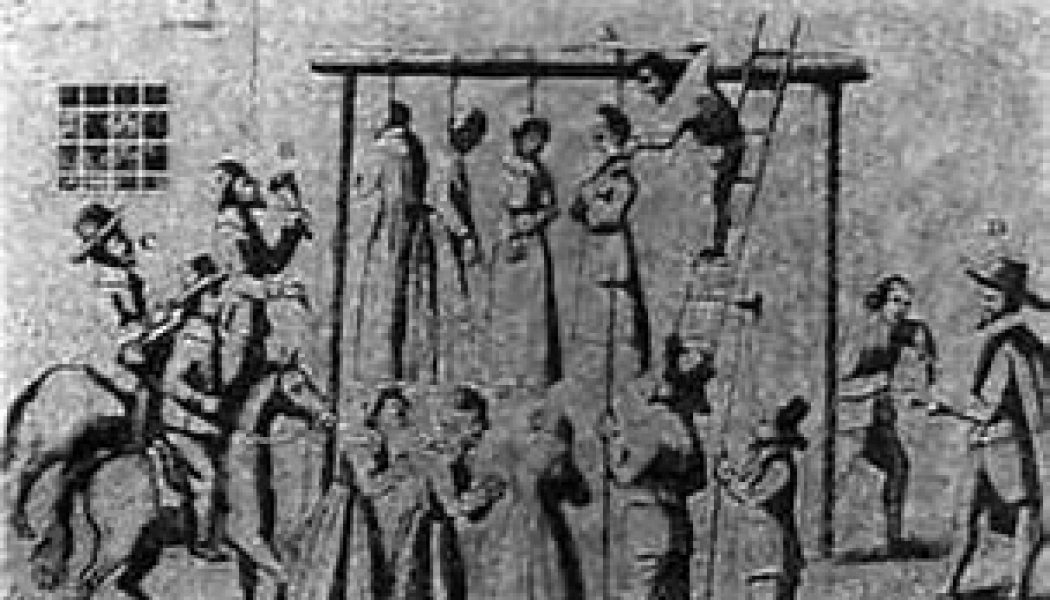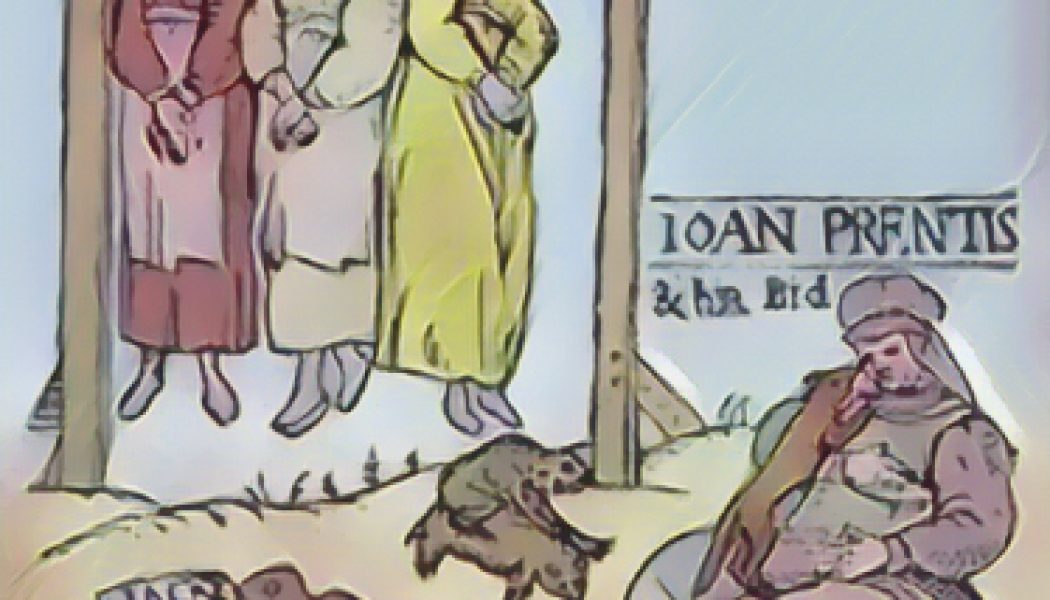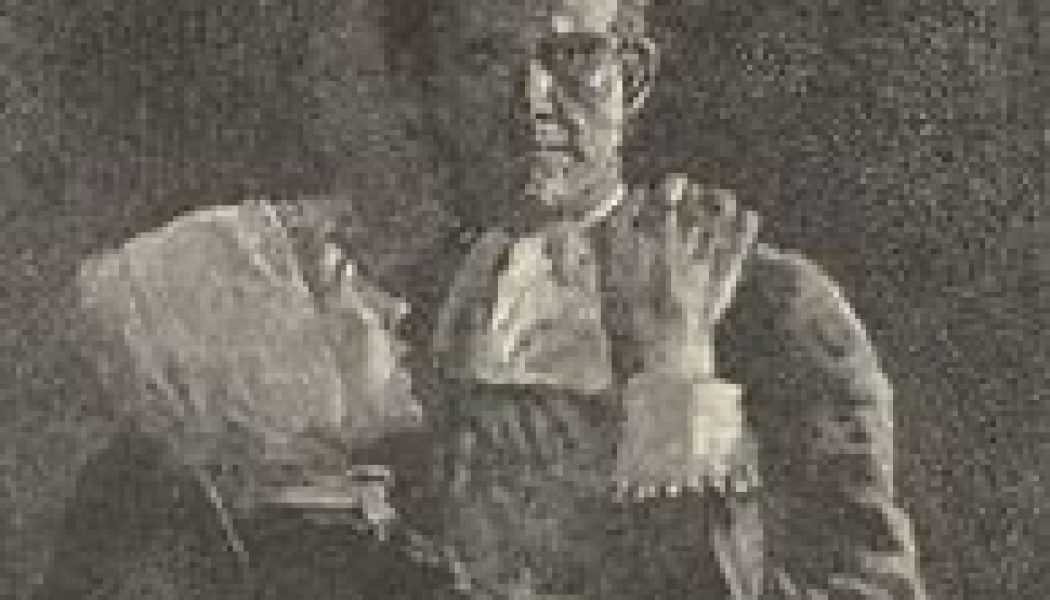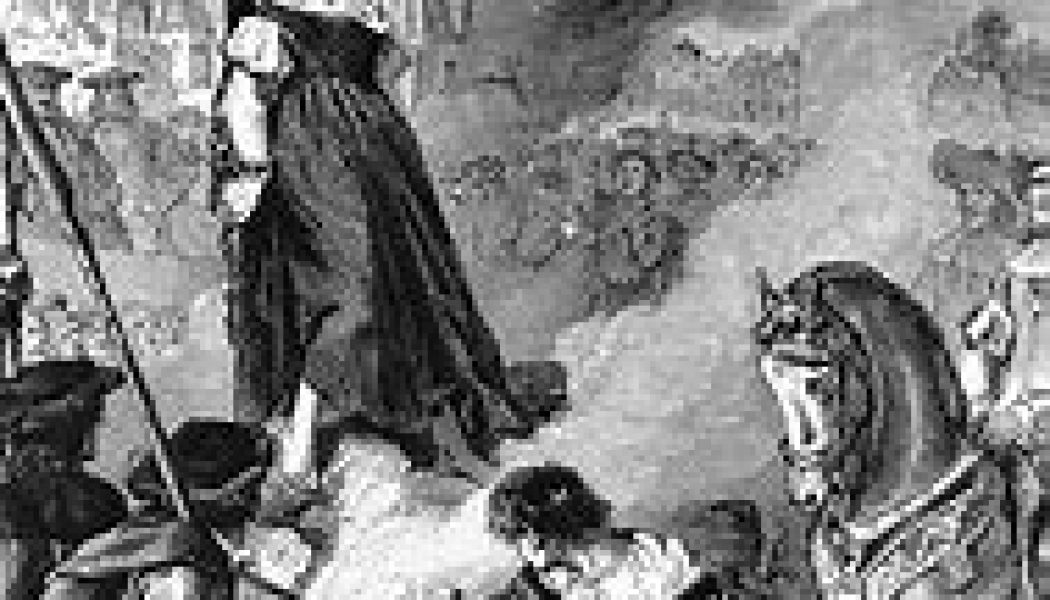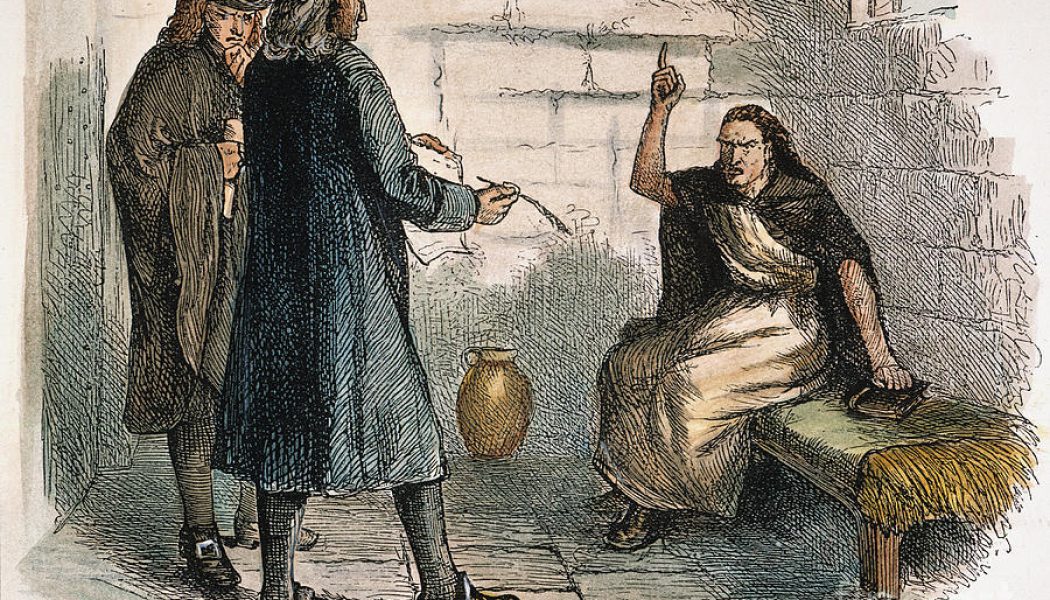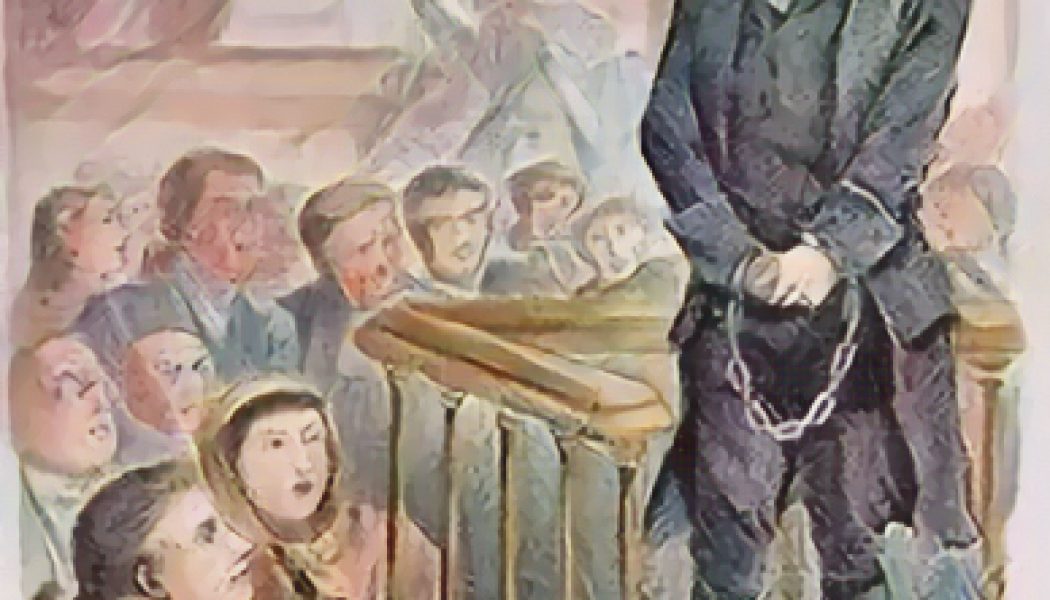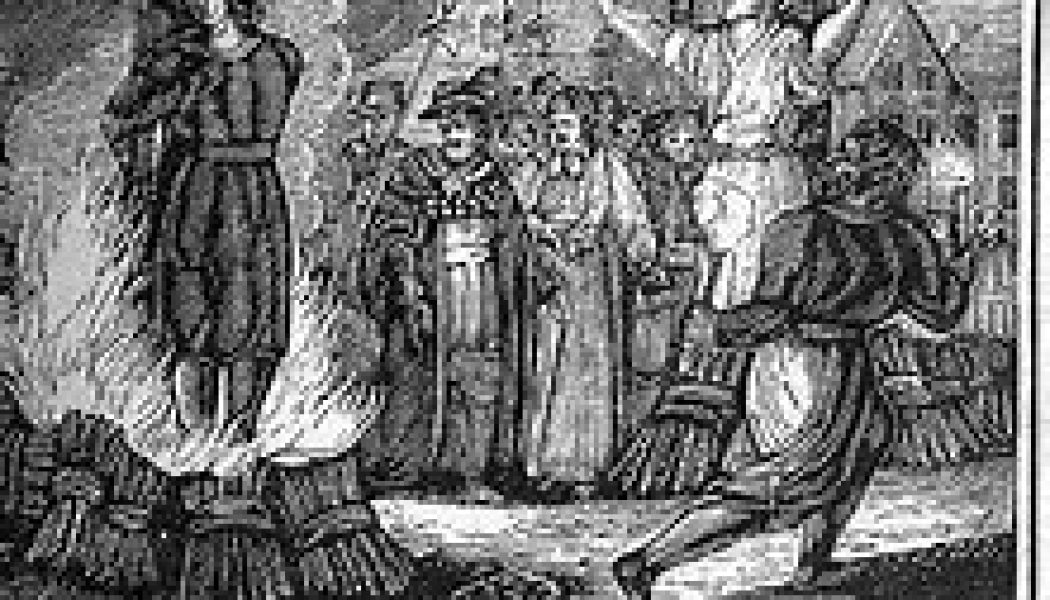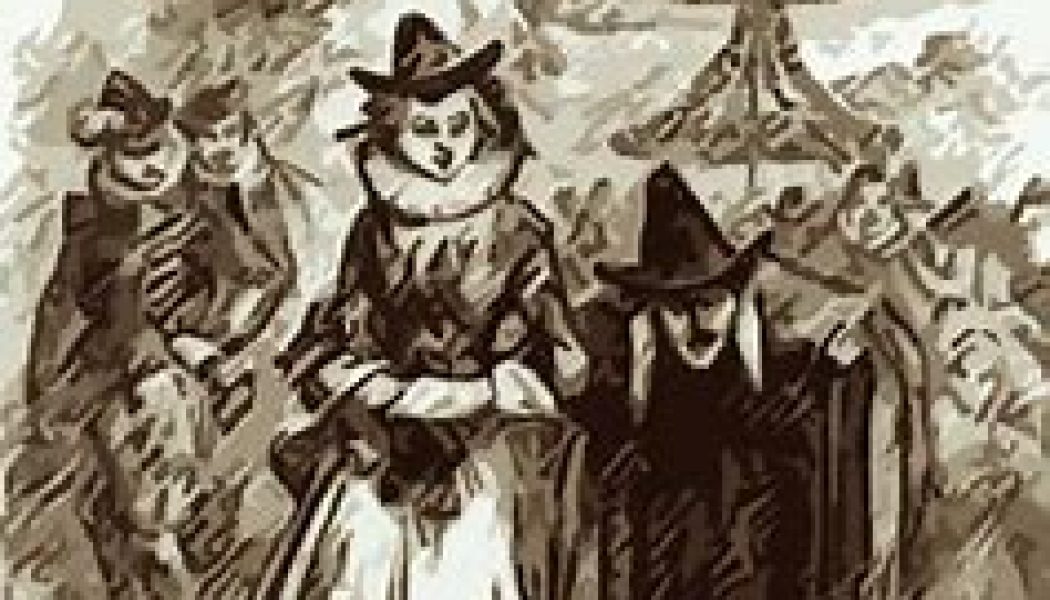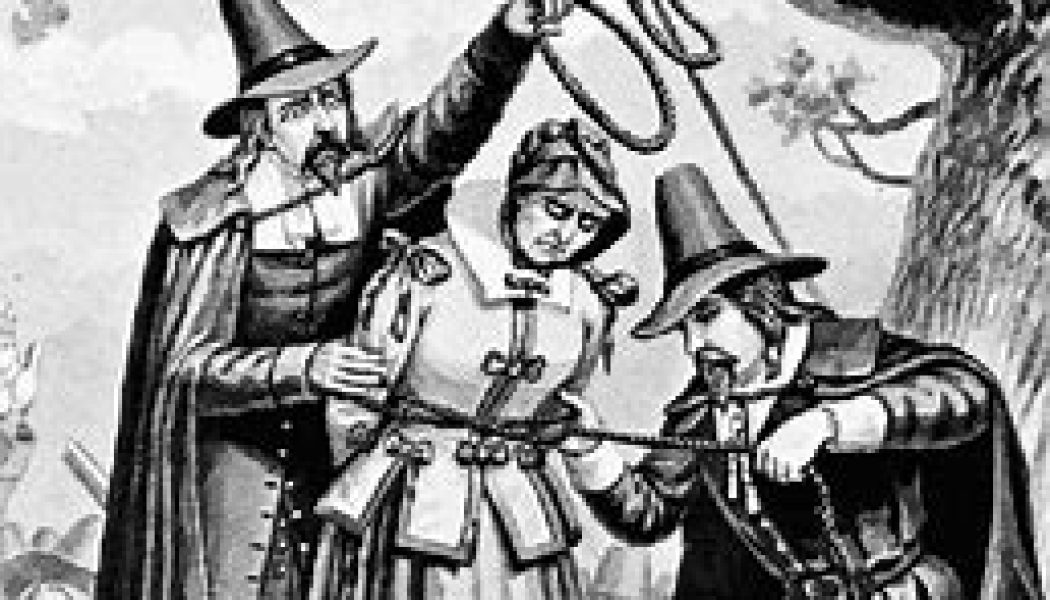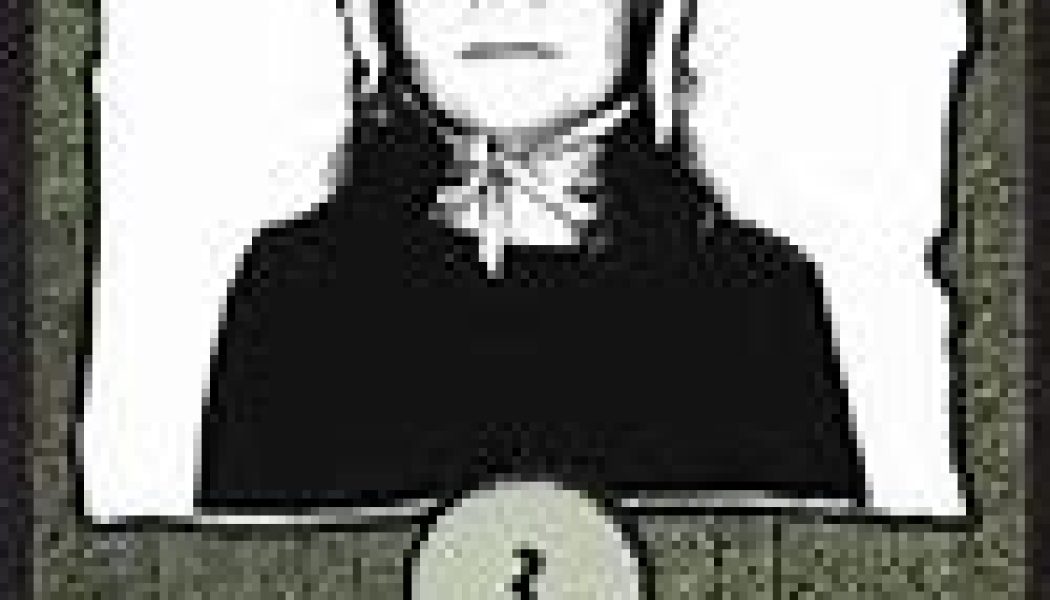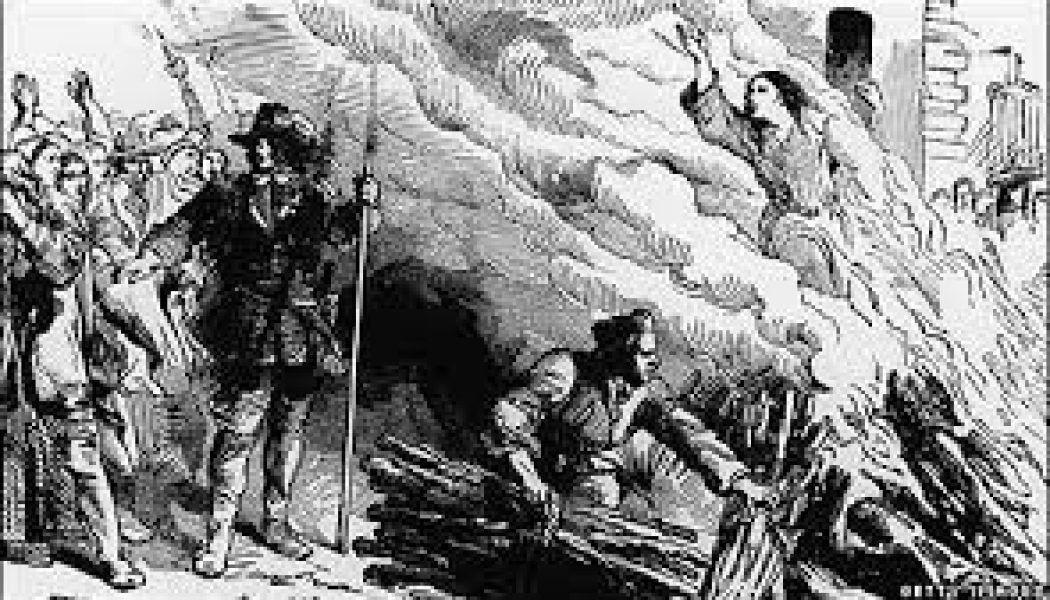Witch Hunts
THE PENDLE WITCHES
On August 20th 1612 ten people convicted of witchcraft at the Summer Assize held in Lancaster Castle went to the gallows on the moors above the town. Among their number were two men and a woman in her...
Necromancy
Necromancy is believed by some to be the darkest of all the black arts, where witches and alike are able to communicate with the recently departed or by summoning spirits and even resurrecting the dea...
The 4 Stages of Witchcraft
Stage 1 Wicca and the like, all white and fluffy doing nothing but good learning the rules and basic spells, cat naming etc. Stage 2 Grey Witchcraft, after many years of study you have now found yours...
Covens
A coven is typically a group or circle of witches regardless of gender, so a coven can be mixture of both men and women alike. Just in case you don’t know a male with is still a witch and not a warloc...
Shadow Creatures
There is a silent darkness that is attached to witchcraft and a subject that is very seldom talked about within the witchcraft community, seen by few and dismissed my many, known commonly as shadow cr...
Witchcraft Old School
Old school, what is that.. well its a schooling that exist longer then any other schools now defunked, it is a school of thought, learning that has accepted the natures and rules of its awareness and ...
What is a Chaos Witch? Exploring the Practice and Beliefs of Chaos Magick
A Chaos Witch is a practitioner of witchcraft who embraces chaos magic as their main practice. Chaos magic is a form of magic that emerged in the 20th century and is characterised by its emphasis on p...
Bury St. Edmonds Witches
Bury St. Edmonds Witches Of the various witch trials of Suffolk, England, conducted in Bury St. Edmonds during the 17th century, two episodes stand out. In 1645, 68 witches went to their deaths on the...
Levitation
A paranormal phenomenon whereby a body or object is raised up into the air in defiance of gravity. Levitation has been reported in cases of bewitchment, hauntings and possession; it also is attributed...
Mathew Hopkins
Hopkins, Matthew (?–1647?) England’s most notorious professional witch-hunter, who brought about the condemnations and executions of at least 230 allegedwitches, more than all other witch-hunters comb...
Fairy Witch of Clonmel (1894)
Fairy Witch of Clonmel (1894) A young woman named Bridget Cleary, of Clonmel, County Tipperary, who was tortured and burned to death because her husband believed the fairies had spirited her away and ...
Graves, William (17th century)
Graves, William (17th century) Connecticut man accused of witchcraft over a dispute with his daughter and son-in-law. Though no legal action was taken against William Graves, his case indicates how ea...
Bamberg Witches
At the center of the worst witch tortures and trials in Germany was Bamberg, a small state ruled by Gottfried Johann Georg II Fuchs von Dornheim. The Hexenbischof (Witch Bishop) von Dornheim, as he wa...
Hawkins, Jane (17th century)
Hawkins, Jane (17th century) Massachusetts midwife and healer expelled on suspicions of witchcraft in the delivery of a deformed, stillborn fetus. The witchcraft accusations were mixed with a religiou...
The burning alive of Father Louis Gaufridi
The burning alive of Father Louis Gaufridi for bewitchment of the nuns at Aix in 1611 formed the legal precedent for the conviction and execution of Urbain Grandier at Loudun more than 20 years later....
Gruber, Bernardo (17th century)
German trader accused of sorcery by Pueblo Indians in northern New Mexico. Bernardo Gruber was imprisoned. He escaped but died a strange death. In 1668, Gruber arrived in New Mexico with a pack train ...
Arras witches (1459–1460)
A mass witch hunt in Arras, northern France. The accused were brutally tortured and promised their lives, then burned at the stake. The incident roused the ire of the duke of Burgundy, and eventually ...
Ladder
Widely held superstitions that it is bad luck to walk beneath a ladder are related in part to fears about witches, especially during the witch hunt times in colonial America. Not all witches were burn...
Chelmsford Witches
Chelmsford witches Four major witch trails in the 16th–17th centuries that resulted in numerous convictions and executions. The first trial occurred in the summer of 1566, under the rule of Queen Eliz...
Corey Giles (d 1692)
Executed in the Salem Witches hysteria of 1692–93 by being pressed to death for not acknowledging the right of the court to try him on charges of witchcraft. Giles Corey was a well-to-do man of Salem ...
Butters, Mary (late 18th–early 19th centuries)
An attempt to cure a cow of bewitchment with white magic ended in disaster for Mary Butters, the “Carmoney Witch,” who narrowly escaped a trial in Carrickfergus, Ireland, in March 1808. Butters was a ...
Corey, Martha (d. 1692)
The fourth person to be accused of witchcraft in the Salem Witches hysteria of 1692–93, who was tried and executed. Martha Corey was the wife of Giles Corey, who also was executed. The Coreys were wel...
Burroughs George (d. 1692)
Burroughs, George (d. 1692) Minister accused of witchcraft and executed in the Salem Witches hysteria in Massachusetts in 1692 to 1693. George Burroughs served as minister of Salem Village from 1680 t...
Gowdie, Isobel:1662
Scottish witch whose stories of wild sexual escapades with the Devil titillated and shocked her stern neighbors and reinforced the prevailing beliefs in witches as evil creatures bent on destroying th...
Cole, Ann (17th century)
Accused witch in Hartford,Connecticut, who was believed to be under demonic possession. The case was recorded in a letter written by Reverend John Whiting, which in turn was published by Increase Math...
Greensmith, Rebecca (17th century)
Hartford, Connecticut, woman accused of witchcraft, who confessed and was executed. Rebecca Greensmith and her third husband, Nathaniel, lived next door to Ann Cole. The couple was reasonably affluent...
Good, Dorcas (17th century)
The youngest victim of the Salem Witches hysteria of 1692–93. Dorcas Good was the daughter of Sarah Good, one of the first persons to be accused of witchcraft in Salem, Massachusetts, in 1692. Only fo...
Burning Times
A term used by Witches and Pagans to refer to the period in Western history of intense witch-hunting and executions, generally the mid-15th to mid18th centuries. Burning, one of the most extreme forms...
